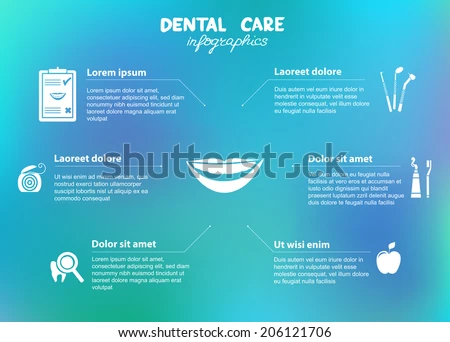What To Do If You Knock Out A Tooth: Immediate Steps To Take
What To Do If You Knock Out A Tooth: Immediate Steps To Take
Blog Article
Article Author-Gregersen Sawyer
If you find yourself in the unfavorable situation of knocking senseless a tooth, recognizing the prompt actions to take can make a considerable difference in saving your tooth. Managing it correctly and acting quickly are critical in boosting the possibilities of effective re-implantation. Yet what should you do next to ensure the very best outcome for your knocked-out tooth?
Managing the Knocked-Out Tooth
If you have knocked out a tooth, handle it carefully to enhance the possibilities of successful reattachment. First, situate the tooth and choose it up by the crown, avoiding touching the origin. https://temporary-tooth-filling28395.loginblogin.com/40163558/shateringly-pain-tooth-pain-figure-out-the-quickest-method-to-situate-an-emergency-dental-expert-near-you-for-prompt-alleviation to keep the tooth moist, so ideally, try to carefully put it back into the socket.
If that's not possible, save the tooth in a container with milk or your saliva to maintain it moisturized. Bear in mind not to scrub or tidy the tooth with any kind of chemicals, as this can harm the delicate cells required for reattachment.
Avoid wrapping the tooth in tissue or cloth, as this can cause dehydration. Time is essential, so look for dental care right away. The longer the tooth runs out its outlet, the reduced the chances of effective reimplantation.
Immediate First Aid Tips
Beginning by carefully rinsing your mouth with warm water to cleanse the area around the knocked-out tooth. This will aid eliminate any type of dirt or particles that might be present. Take care not to scrub or touch the origin of the tooth, as this can cause more damages.
Next off, preferably, attempt to put the tooth back into its outlet. Hold it in position by delicately attacking down on a clean item of gauze or cloth. If you can not return the tooth, do not require it. Instead, maintain it moist by placing it in a cup of milk or saline service. Avoid keeping the tooth in water as it can harm the origin cells.
To manage any kind of bleeding, apply mild stress to the location using a tidy gauze or fabric. You can additionally use a cool compress to decrease swelling and ease discomfort. Bear in mind to take over-the-counter discomfort medicine as required.
Looking For Emergency Dental Treatment
When managing a knocked-out tooth, looking for emergency oral care promptly is crucial to enhance the chances of saving the tooth. Get in touch with your dental professional immediately or head to the nearby emergency situation dental facility. Time is important in such situations, as the quicker you obtain treatment, the greater the possibility of successful re-implantation.
Emergency situation oral treatment providers are equipped to manage oral emergency situations, consisting of knocked-out teeth. They have actually the competence to examine the condition of the tooth, address any kind of coming with injuries, and take the essential actions to attempt to conserve the tooth. Remember to deal with the tooth thoroughly, holding it by the crown and staying clear of touching the root, to preserve its practicality.
Delaying looking for Discover More Here can significantly reduce the possibilities of conserving the tooth. Without punctual professional intervention, the tooth might not be salvageable. Act quickly, comply with the advice of the dental specialists, and boost the possibilities of preserving your natural tooth.
Final thought
Keep in mind, fast activity is vital when taking care of a knocked-out tooth. Manage the tooth meticulously, rinse with water, return ideally, or shop in milk/saline service.
Apply stress and cool compress to control bleeding and swelling. Seek emergency dental care immediately for the very best opportunity of saving the tooth.
Time is important, so do not postpone in obtaining expert help to protect the tooth's stability.
